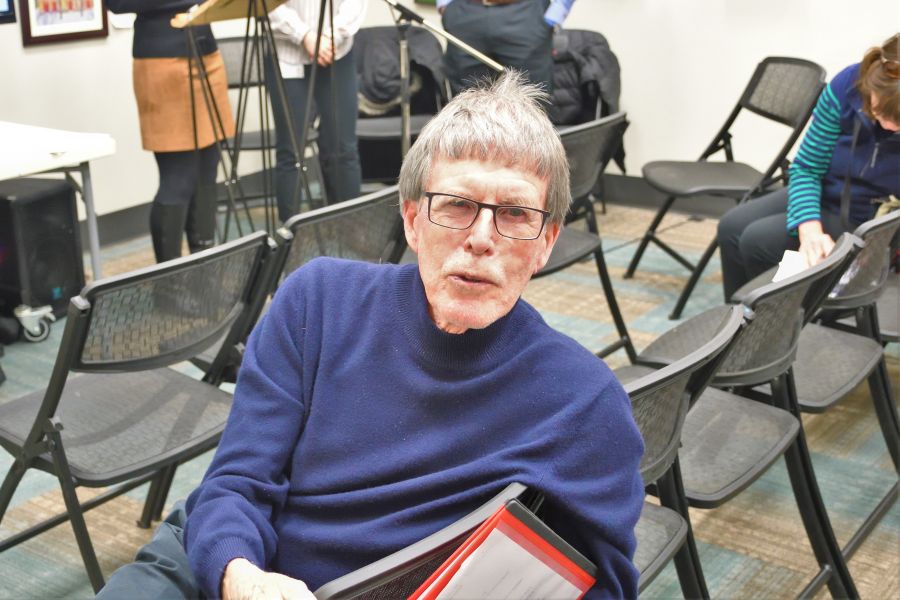Entanglement at a distance might apply to two lovers or different countries aligned by common interests, but to physicists it applies to two or more identical particles, say two photons of light or two electrons, which separated, sometimes by vast distances, behave as one.
Sorting out whether entanglement at a distance was real or “spooky at a distance” as Albert Einstein famously dismissed it, was what this year’s Nobel Prize in physics was all about.
The prize, won by John Clauser, Alain Aspect and Anton Zeilinger, closes a chapter about the nature of quantum physics (mechanics) and whether the counterintuitive, strange rules that appear to govern the quantum universe are a complete description of reality or as Einstein claimed, the whole field was fundamentally incomplete.
The quantum world, revealed in the first third of the 20th century, was a strange world for physicists trained in classical Newtonian physics or even general relativity.
For one, there was a strange but fundamental uncertainty to quantum mechanics. For example, in the case of electrons, the position of any individual electron at any given moment can only be determined probabilistically – the higher the probability, the more likely an electron was to be found in given spot.
This was associated with a corresponding reduction in the ability to determine the same electron’s momentum and vice versa.
Adding weirdness to weirdness, observing quantum events appears to change the event. Both expressions are defining characteristics of the quantal universe’s fundamental uncertainty as Heisenberg originally defined it in 1927.
For his part, Einstein, although one of the founding fathers of quantum mechanics, together with his lifetime friend Niels Bohr, was constantly at odds with Bohr about the fundamental nature of quantum mechanics and of reality. Einstein simply couldn’t abide the uncertainty and apparent absence of causality, so characteristic of the new physics.
Most quantum physicists, while acknowledging Einstein’s misgivings, were more interested in the applications of quantum mechanics to harnessing the atom to provide enormous energy and later the development of digital computers and lasers.
For them, Einstein’s badgering questions were irrelevant.
Einstein was brilliant but he was stubborn about quantum mechanics’ lack of causality and statistical fuzziness, although he came to recognize the equations describing quantum mechanics were correct and highly predictive.
Even so, through the 1920s and 1930s he continued to challenge Bohr and his Copenhagen school for quantum mechanics by devising a series of brilliant thought experiments, which often took weeks or even months for Bohr and his colleagues to figure out and prove wrong.
Finally, in 1935, together with Nathan Rosen and Boris Podolsky, Einstein published his last thought experiment challenge to quantum mechanics by claiming once more that it failed to accurately describe reality.
They posited a pair of particles, which once entangled with one another, would remain so, even if they were far apart. If the property of one of the two particles was measured and changed as a result, such as the direction of the particle’s spin, the other particle’s spin would also change in lockstep no matter the distance between the two. This would be true for photons too, but in this case, the property would be polarity, not spin.
Quantum mechanics held that whatever the distance between the particles – even light years apart – the two particles would remain entangled. That is, a change in one would instantly change the other.
Or were there “hidden variables,” as theoretical physicist John Stewart Bell put it, whereby a change in one particle was somehow locked into the other particle?
This year’s Nobel in physics was all about solving Einstein’s riddle and putting to rest his last challenge to quantum mechanics.
Bell, like John Clauser, one of this year’s laureates, was sympathetic to Einstein’s challenge, but nonetheless set out a framework for the kind of experiment and calculations that might settle the issue.
This year’s laureates progressively refined their experiments by excluding hidden variables that might influence the result, such as the tools used to measure the polarity of the two photons.
They showed conclusively that yes – entanglement of particles at a distance was fact and behaved in a manner consistent with quantum mechanics, and not in any way consistent with the presence of hidden variables.
Was Einstein wrong in his claim that quantum mechanics is not the whole story? Maybe, but Bohr was unnerved by Einstein’s last challenge and none of his colleagues successfully answered the riddle – nor does the work of these laureates.
The problem remains that Einstein’s challenge went much deeper and like many philosophical questions, hinges on definitions, in this case the meaning of reality. For Einstein, there was always something deeper than general relativity and quantum mechanics.
In that conviction, he was similar to Roger Penrose, the 2020 laureate in physics, who repeatedly speaks of deeper realities.
I’m sympathetic to both, even if most pragmatists in quantum mechanics might say, “Get over it.”









